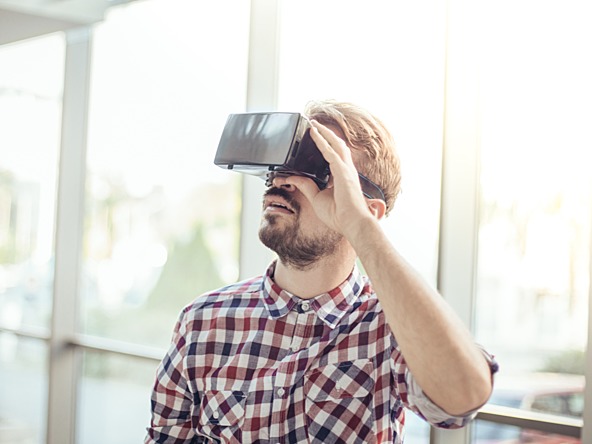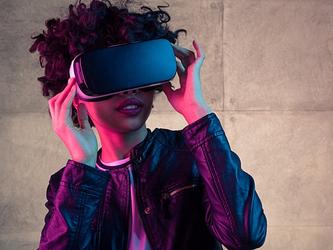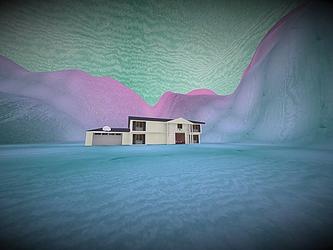Virtual reality shows brand engagement potential

The research saw consumers experience content, originally developed for immersive platforms, in three distinct environments: mobile VR, 360° video on a flat screen and flat, 2D TV screens.
Results from the study, which used biometric, eye-tracking and behavioural coding technologies, revealed that content on VR produced the highest emotional engagement: it elicited 27% higher emotional engagement than in a 2D environment and 17% higher emotional engagement than a 360° video on a flat screen. The results also showed that VR viewers are emotionally engaged 34% longer than when they view the same content in 2D and 16% longer than when they view it in 360° video on a flat screen.
However, the study also reinforced the challenges in connecting consumers with branding moments ‘in a platform that encourages self-driven discovery'.
“Brands have more platforms than ever on which to connect with consumers, and this study showcases how virtual reality presents a unique opportunity to deliver a highly engaging experience with the right content,” said Dr. Carl Marci, Nielsen’s chief neuroscientist.
“We’ve used neuroscience technology for years to study and understand consumer engagement with different platforms. We’ve also identified the importance of tailoring content specific to the intended platform in order to realise optimal consumer engagement."

We hope you enjoyed this article.
Research Live is published by MRS.
The Market Research Society (MRS) exists to promote and protect the research sector, showcasing how research delivers impact for businesses and government.
Members of MRS enjoy many benefits including tailoured policy guidance, discounts on training and conferences, and access to member-only content.
For example, there's an archive of winning case studies from over a decade of MRS Awards.
Find out more about the benefits of joining MRS here.













0 Comments